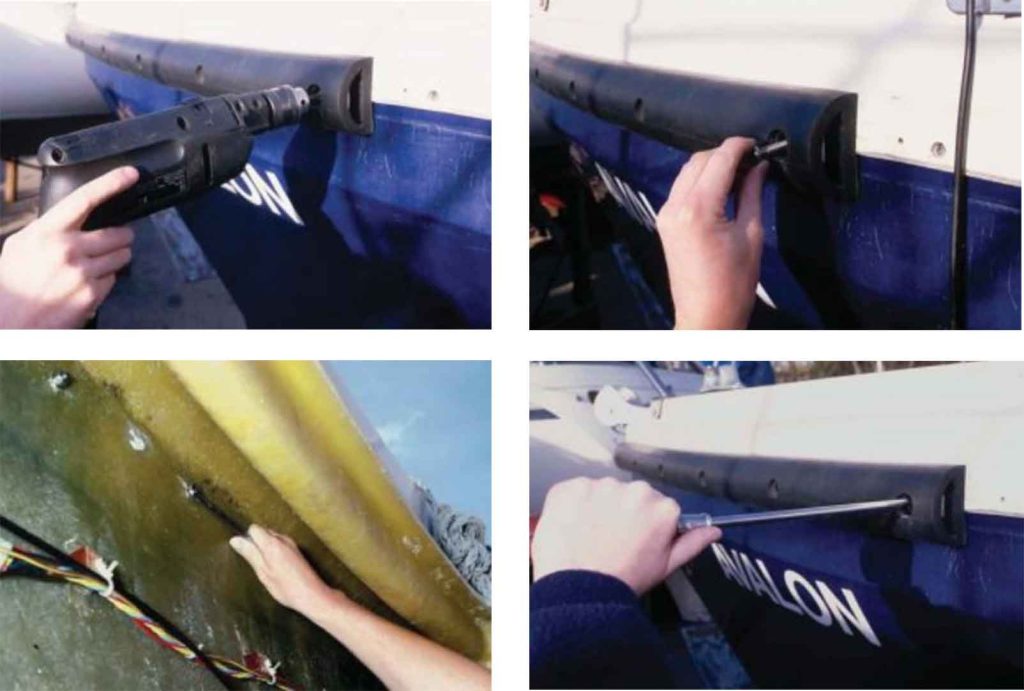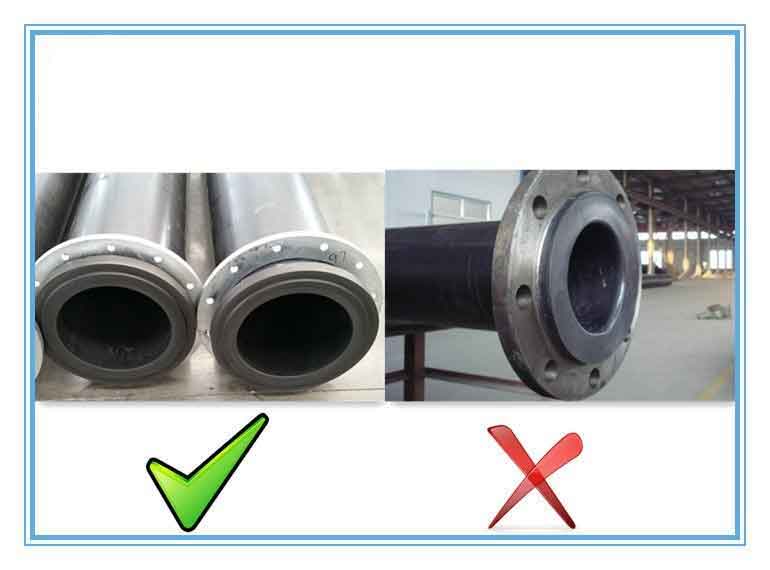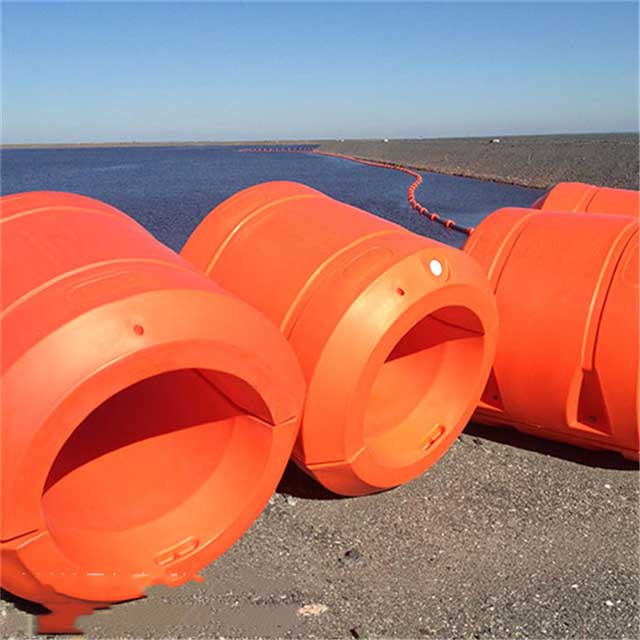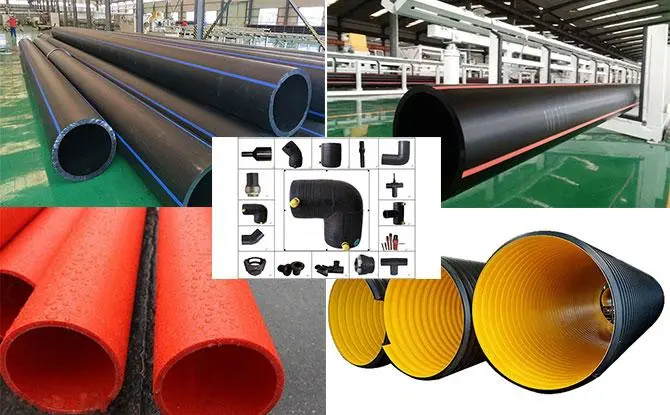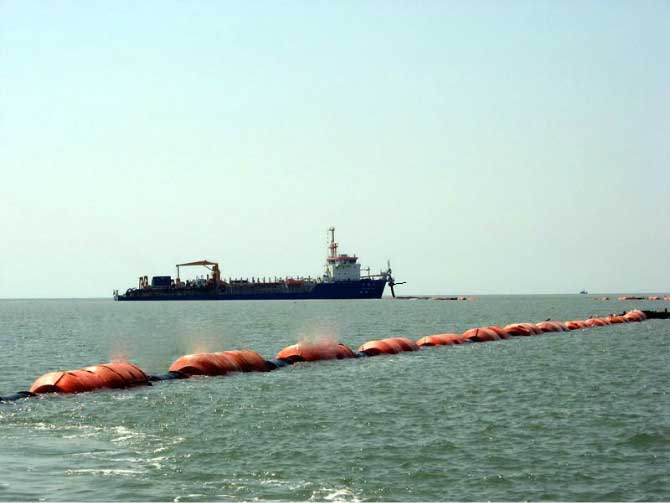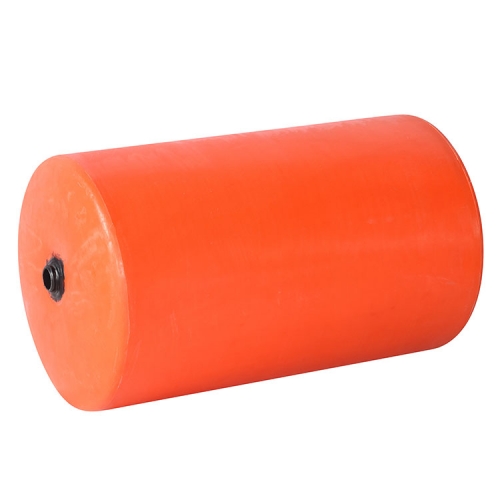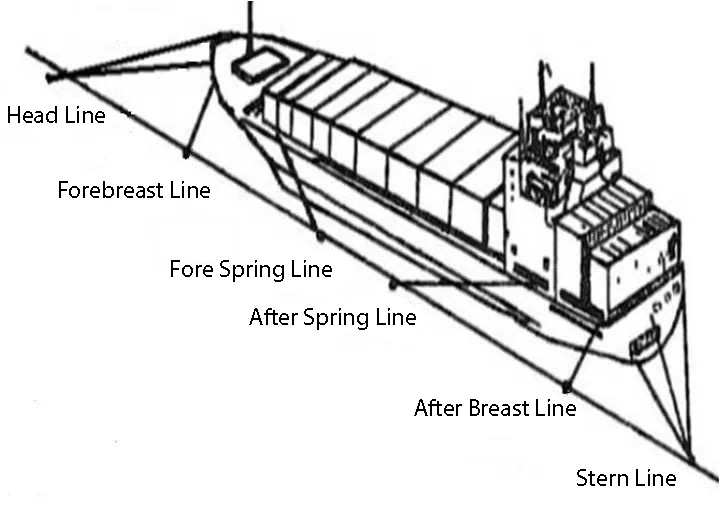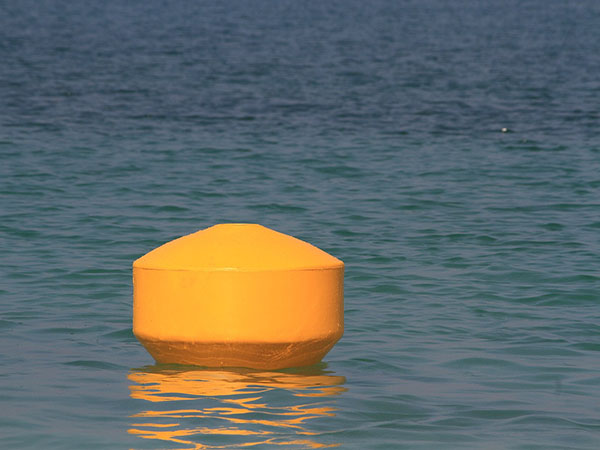What is HDPE pipe?
HDPE pipe, also known as High Density Polyethylene Pipe, is a strong, flexible piping system that is the ideal piping material of choice for many applications including fluid and gas transportation around the world. Polyethylene’s toughness, corrosion resistance, excellent chemical resistance, and light weight allow it to provide long-term, cost-effective piping systems.
Unlike decades past, today more and more companies are choosing HDPE pipe fittings because of their affordability and efficiency. Users recognize the environmentally friendly nature of HDPE pipes and thus apply it as a green solution.
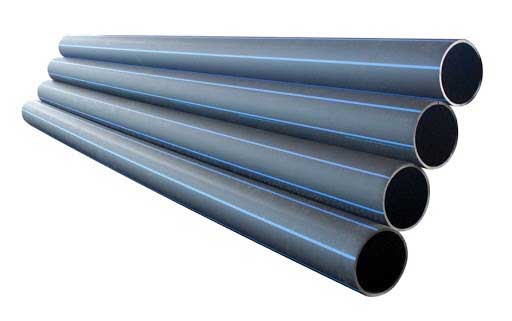
Characteristics of HDPE Pipes
- Durability: HDPE pipe is durable enough to withstand high pressure applications and extreme temperature fluctuations, HDPE pipe maintains its chemical and abrasion resistance properties even under harsh environmental conditions.
- Safety: The main joining technology used for HDPE pipes is heat fusion. This leak-free connection technology creates an integrated piping system where the joints are as strong as the pipe itself, providing a piping system that is durable. This not only improves the overall system performance, but also increases the safety of the surrounding environment by reducing the risk of media leakage. When performed correctly, hot melt joints will not leak and will greatly reduce the operating costs of the piping system over its service life.
- High Corrosion Resistance: HDPE pipe will not corrode, nodulate, or support biological growth. HDPE pipe has a C-factor of 150 for the pipe design life, unlike metal pipe which suffers from internal diameter shrinkage over time. The inner diameter of HDPE tubing does not change over time, providing consistent flow without increasing pumping energy.
- Cost-Effective: HDPE pipes are heat-fused to join and require no additional couplers, gaskets or fittings to join the pipes together. Due to the durability and simplicity of HDPE piping, there is no need to worry about frequent repairs or the cost of replacing parts.
Is HDPE the same as PE?
Polyethylene (PE) pipe refers to the general term for thermoplastic pipes made of ethylene gas as raw material. There are different types of PE pipes including very low density, low density, cross-linked, ultra-low molecular weight, high molecular weight, medium density, ultra high molecular weight, chlorinated and linear low-density.
HDPE means a PE pipe that is dense than the basic pipe. HDPE pipes are not as flexible as regular samples because they have a high melting and impact point. During the manufacturing process, companies may add carbon black or other colors to HDPE tubing to resist UV light.
Unlike regular PE pipe, HDPE pipe is rust-resistant and resistant to internal pressure for reliable use. HDPE pipe maintains initial flow despite prevailing environmental factors.
How to identify the quality of HDPE pipes?
The performance of HDPE pipe depends on raw materials, processing equipment and technology. Many manufacturers add recycled materials to pipes to reduce costs and achieve higher profits, but this greatly reduces the performance of the pipes. How to identify the quality of PE pipes? We have described 7 ways to check:
1. Appearance
High-quality pipes: the inner and outer surfaces of PE pipes are smooth, without defects such as bubbles, dents, and impurities.
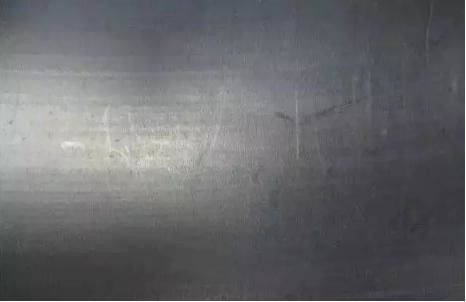
Inferior pipes: the surface is not smooth, not bright, with obvious pitting.
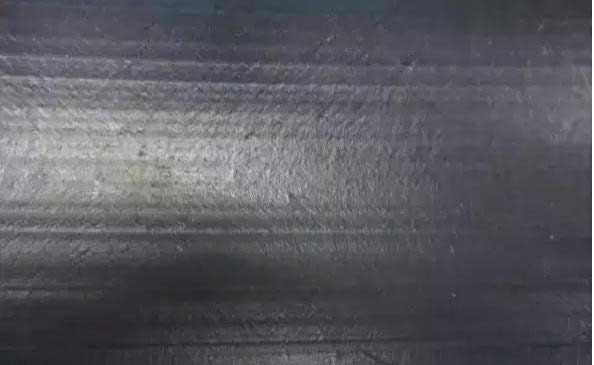
2. Milling edge strip
The qualified pipe strip milled out by the welding machine is bright in color, and it is not easy to break after repeated folding. The milled strips are whitish or have other colors, which is caused by the addition of recycled materials or uneven mixing.
High-quality pipes: the milled strips are bright in color, neat, and can be folded repeatedly without breaking.
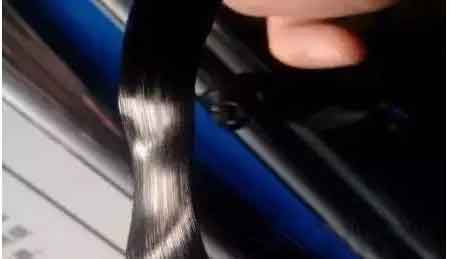
Inferior pipes: the milled strips are darker in color and easy to break after repeated folding.
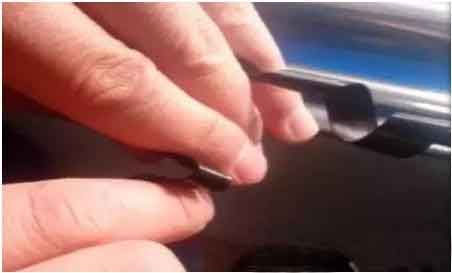
3. Butt welding joint
Qualified butt weld joints should have smooth and symmetrical wrapping around the pipe ring, and the depth of the wrapping should not be lower than the pipe surface. The tolerance of both sides of the outer circle of the weld is not more than 10% of the tube thickness. The wrap edge should be firm and smooth, slightly wider at the bottom. No impurities, small holes, deformation and damage caused by unfavorable aspects of the tumbling.
High-quality pipes: the flanging is flat, and it will be slightly longer after the welding seam is pressurized.
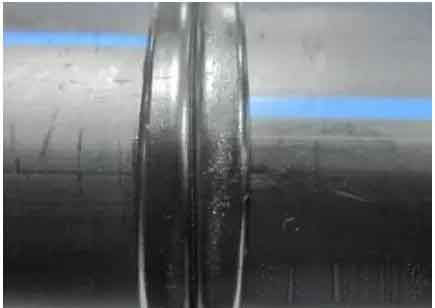
Inferior pipes: There are more pores on the welding surface, and the edge wrapping is shorter after butt welding is pressurized.
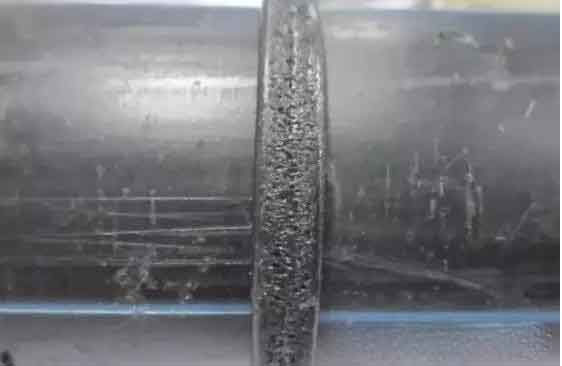
4. Smell
High-quality pipes: stable chemical performance, and the finished product will not have any peculiar smell.
Inferior pipes: unstable chemical properties, unpleasant odor or odor after heating.
5. Soak
High-quality pipes: resistant to acid, alkali, salt and various solvents, anti-corrosion and anti-aging.
Inferior pipes: Under the action of acid, alkali, salt or detergents, various aging phenomena are prone to occur – embrittlement, cracking, molting, etc.
6. Elongation at break
Elongation at break is the ratio of the length at break to the original length. The greater the elongation at break, the better the flexibility and the better the performance.
High-quality pipes: 3.5 times the original length without fracture
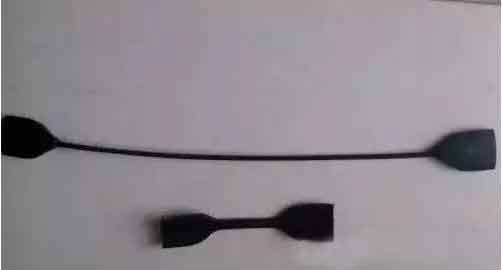
Inferior pipes: poor flexibility and easy to break.
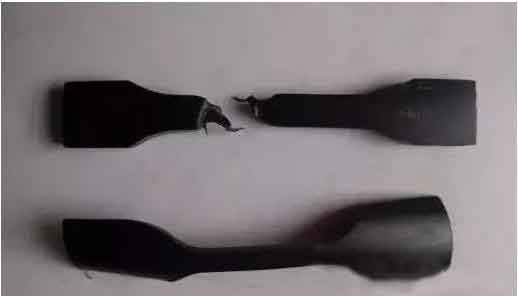
7. OIT
OIT (Oxidative induction time) is the time for the autocatalytic oxidation reaction of the pipe to occur under higher temperature and oxygen, which can characterize the thermal degradation ability of the PE pipe during processing, storage, welding and working. The longer the OIT, the better the aging resistance of the PE pipe.

